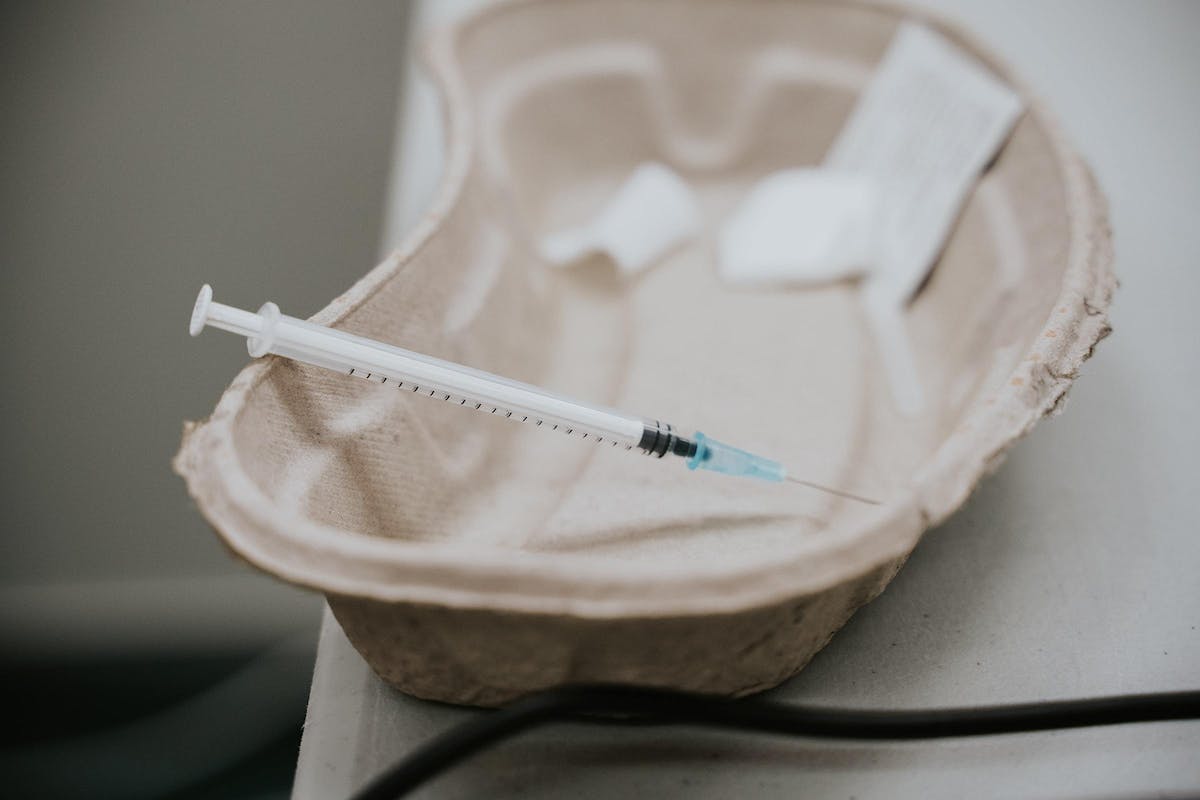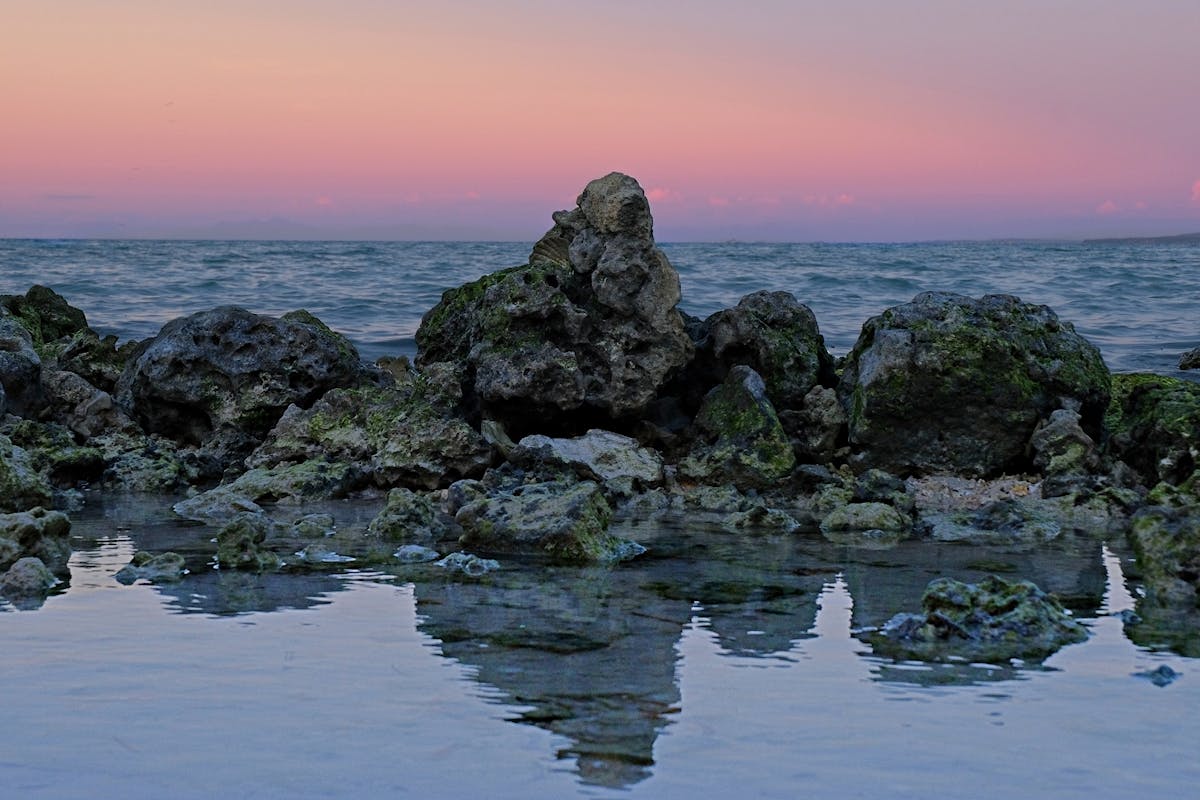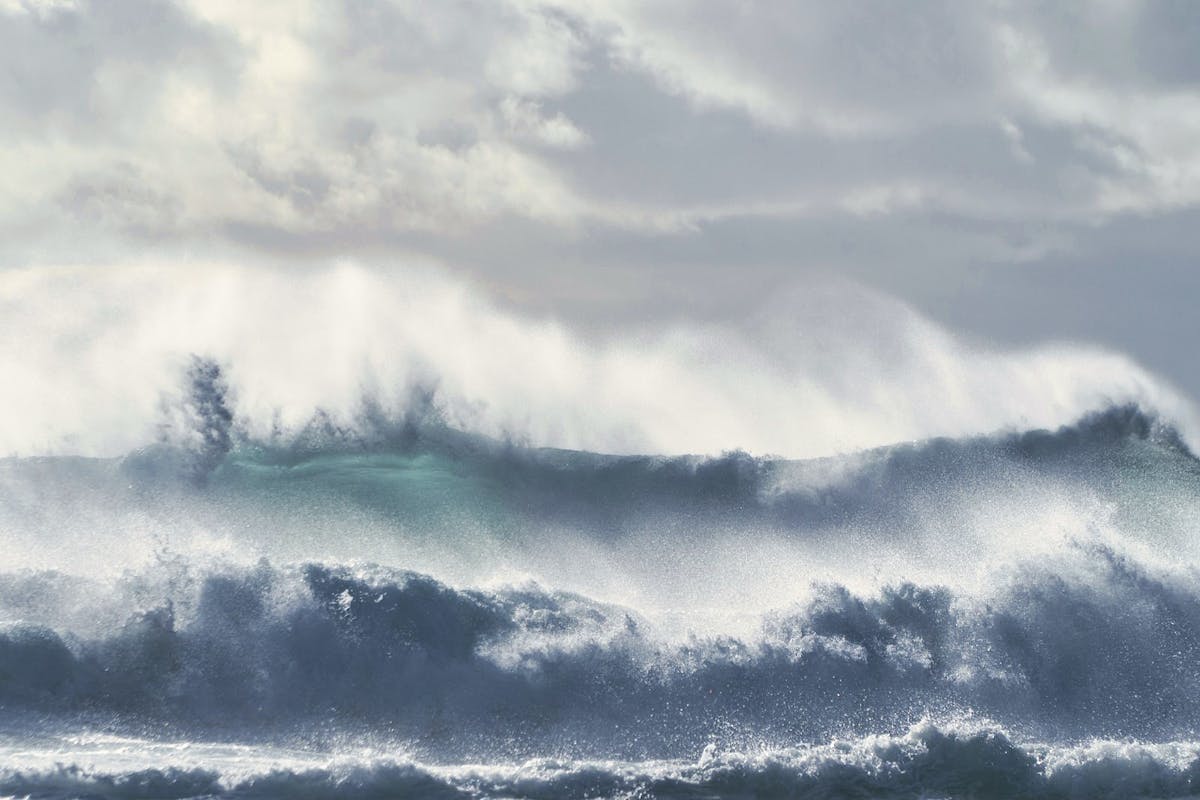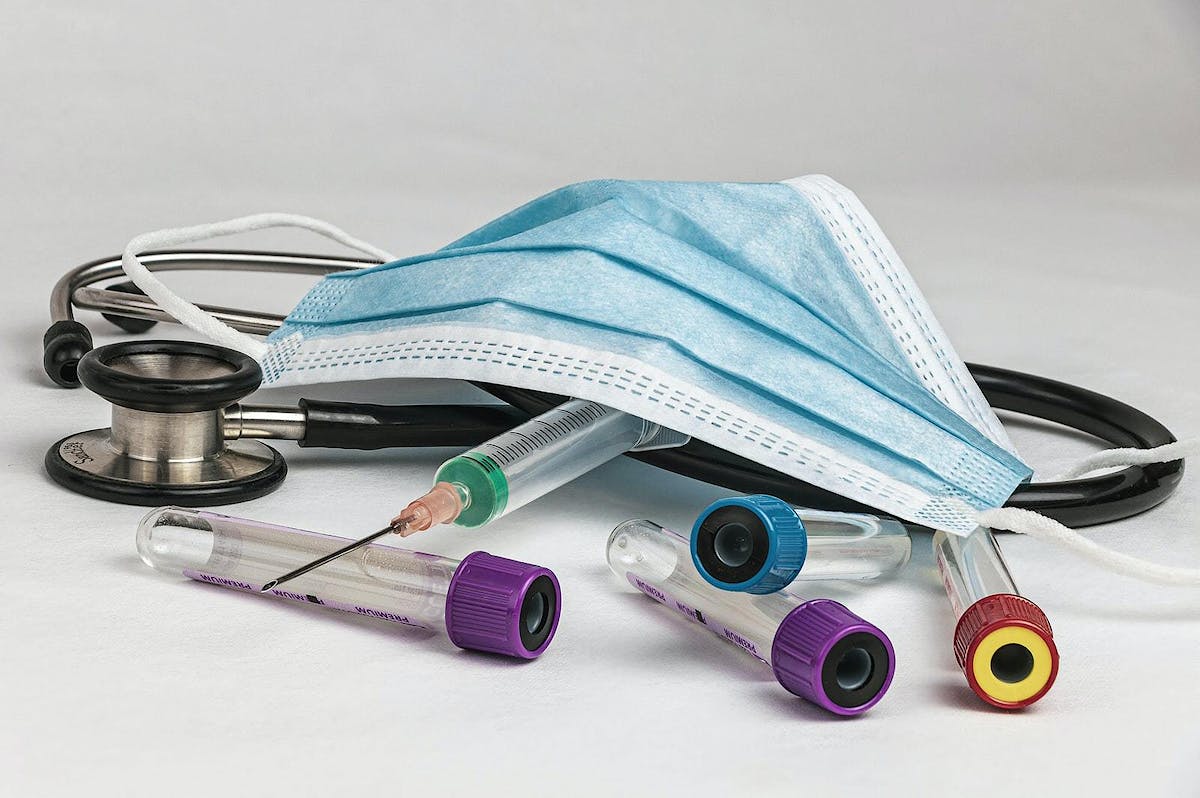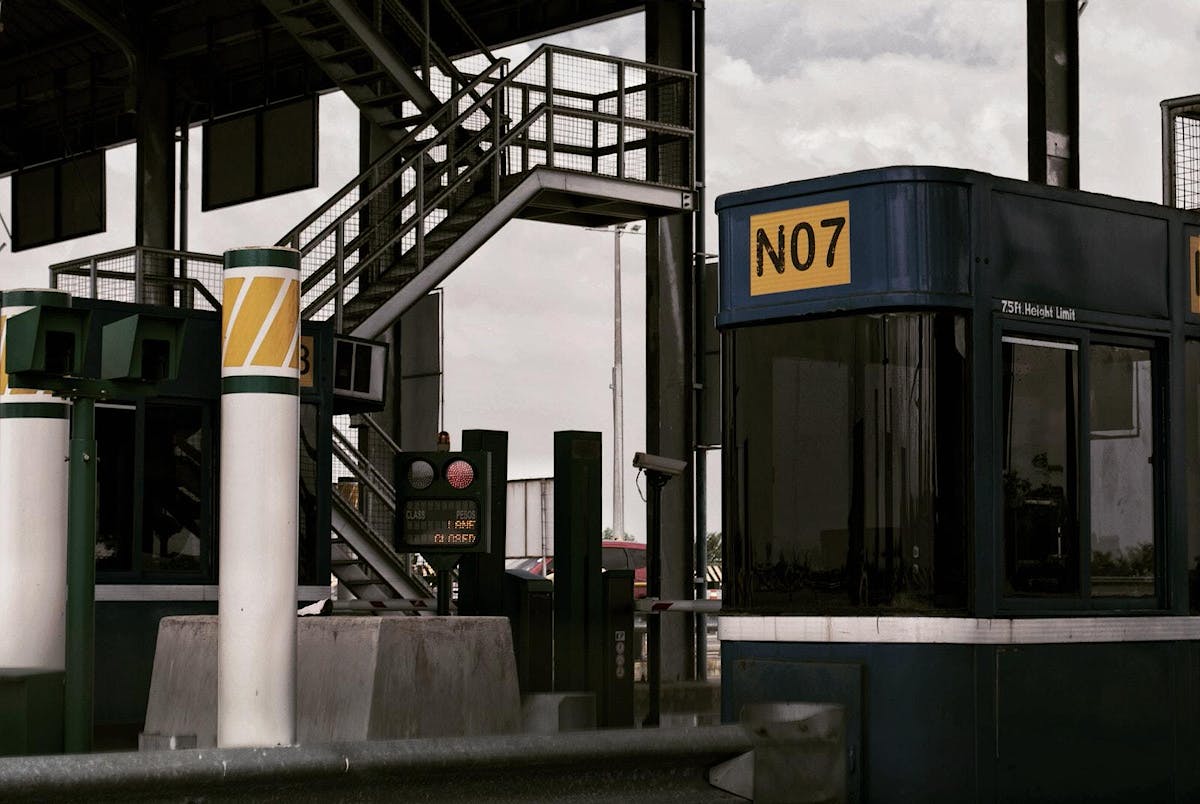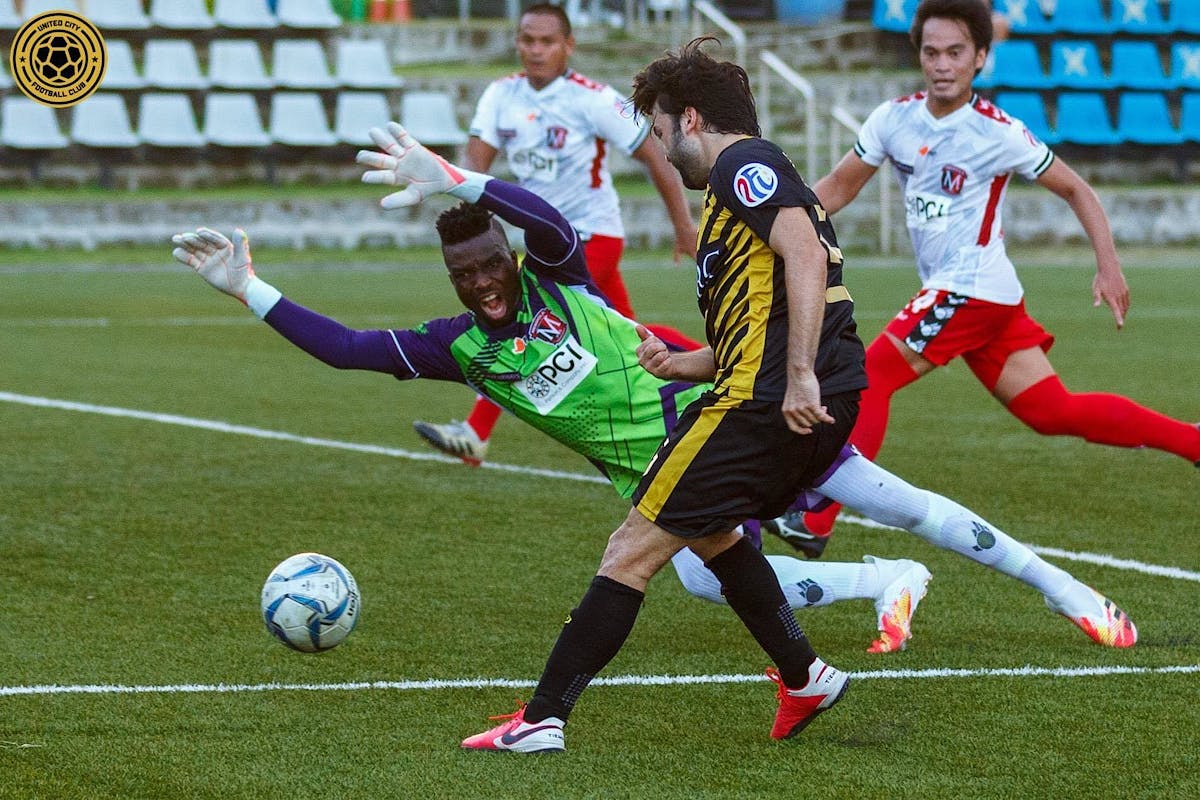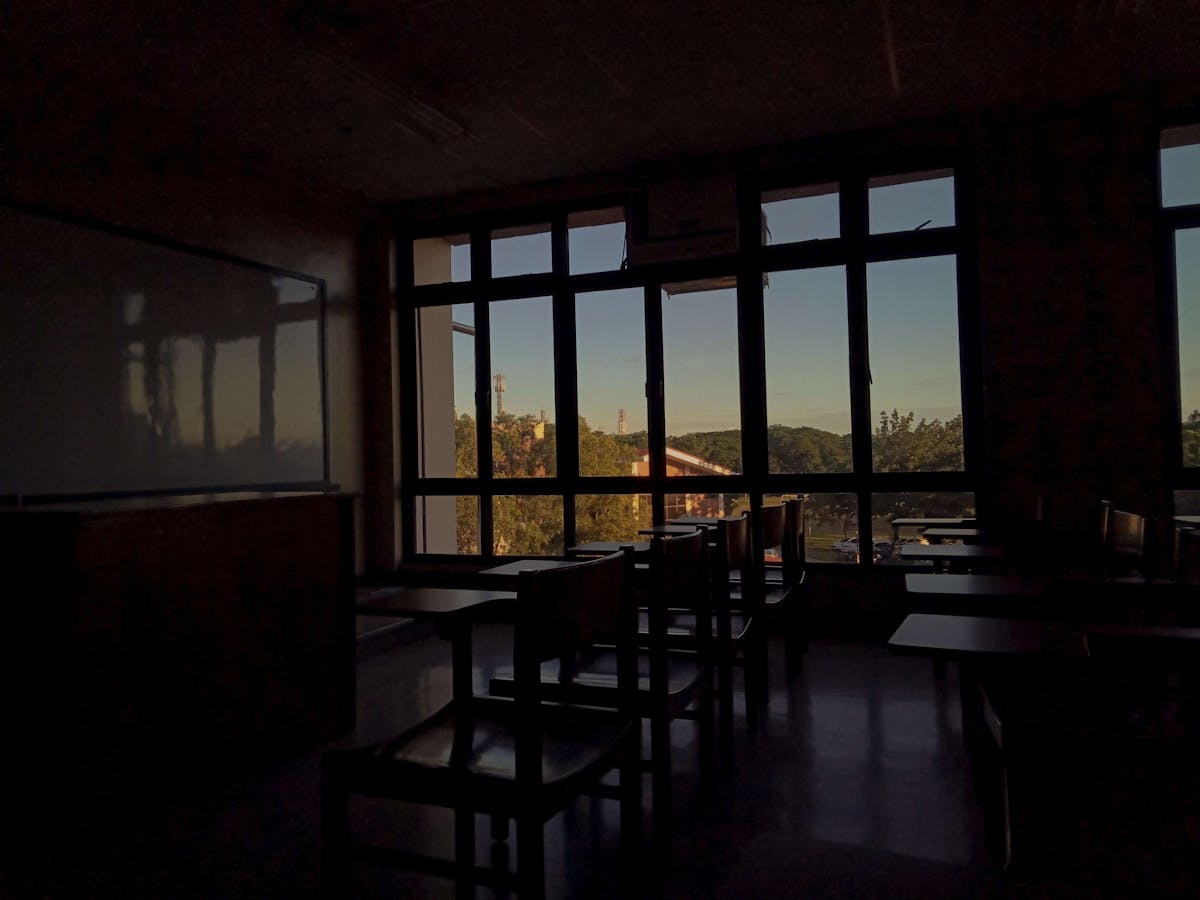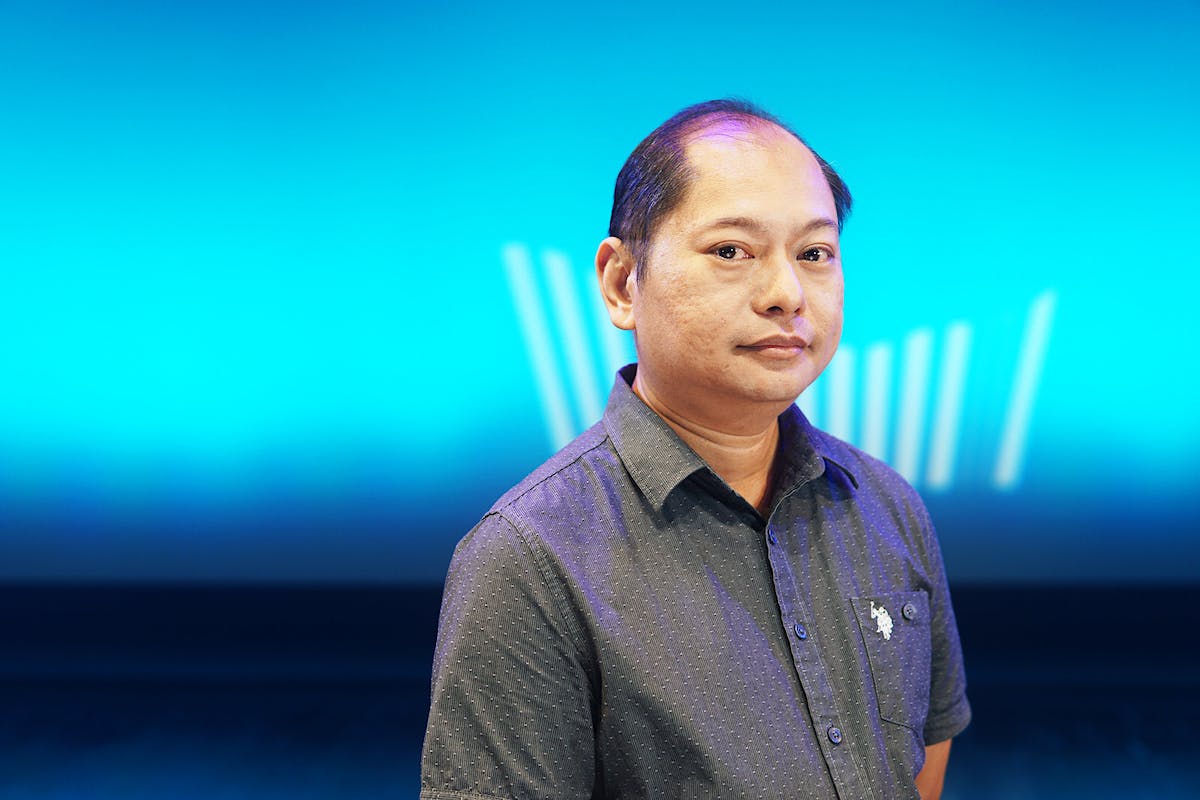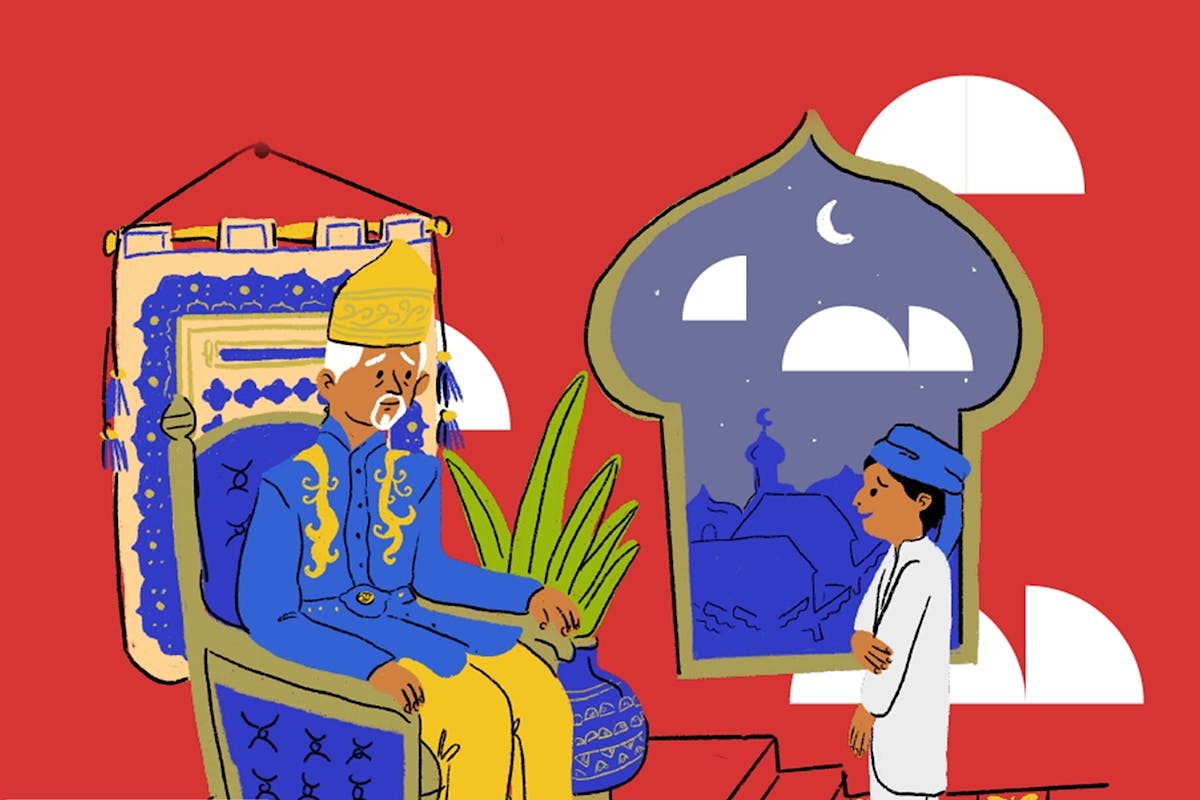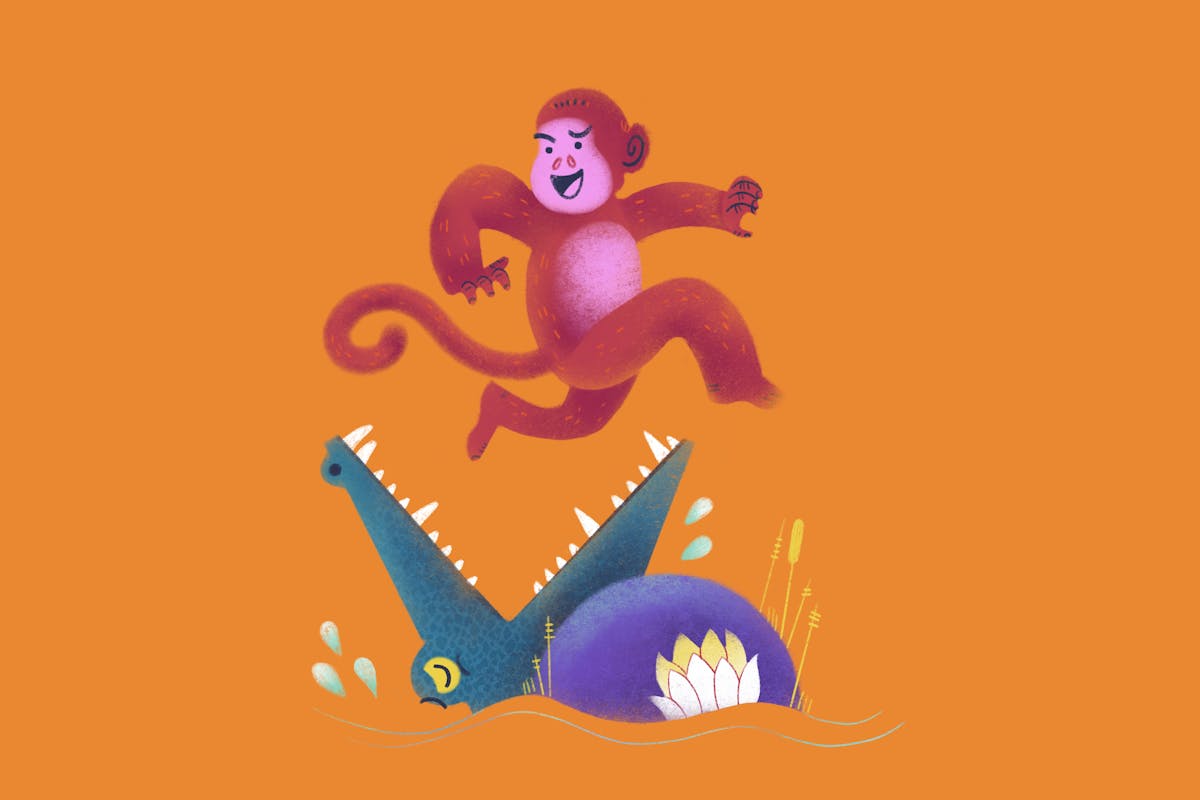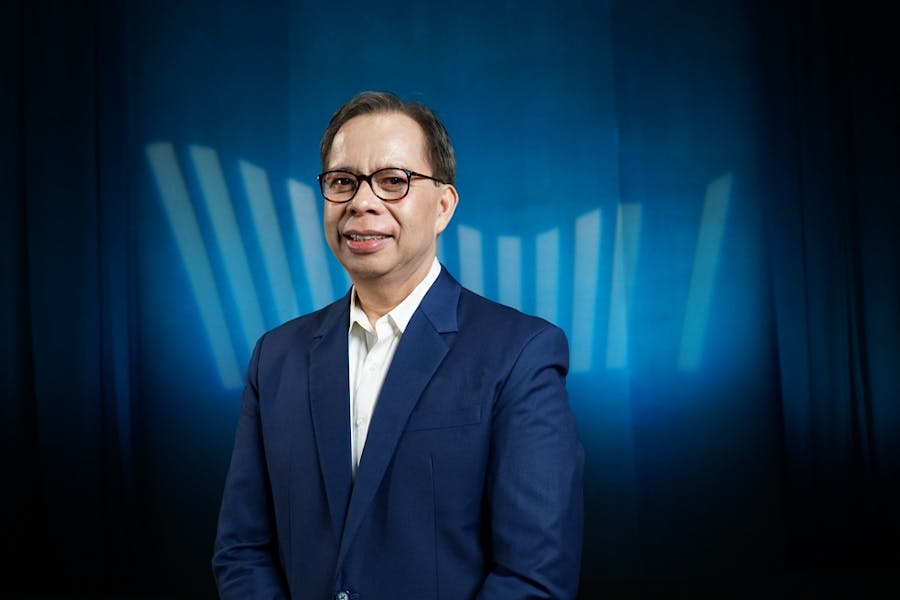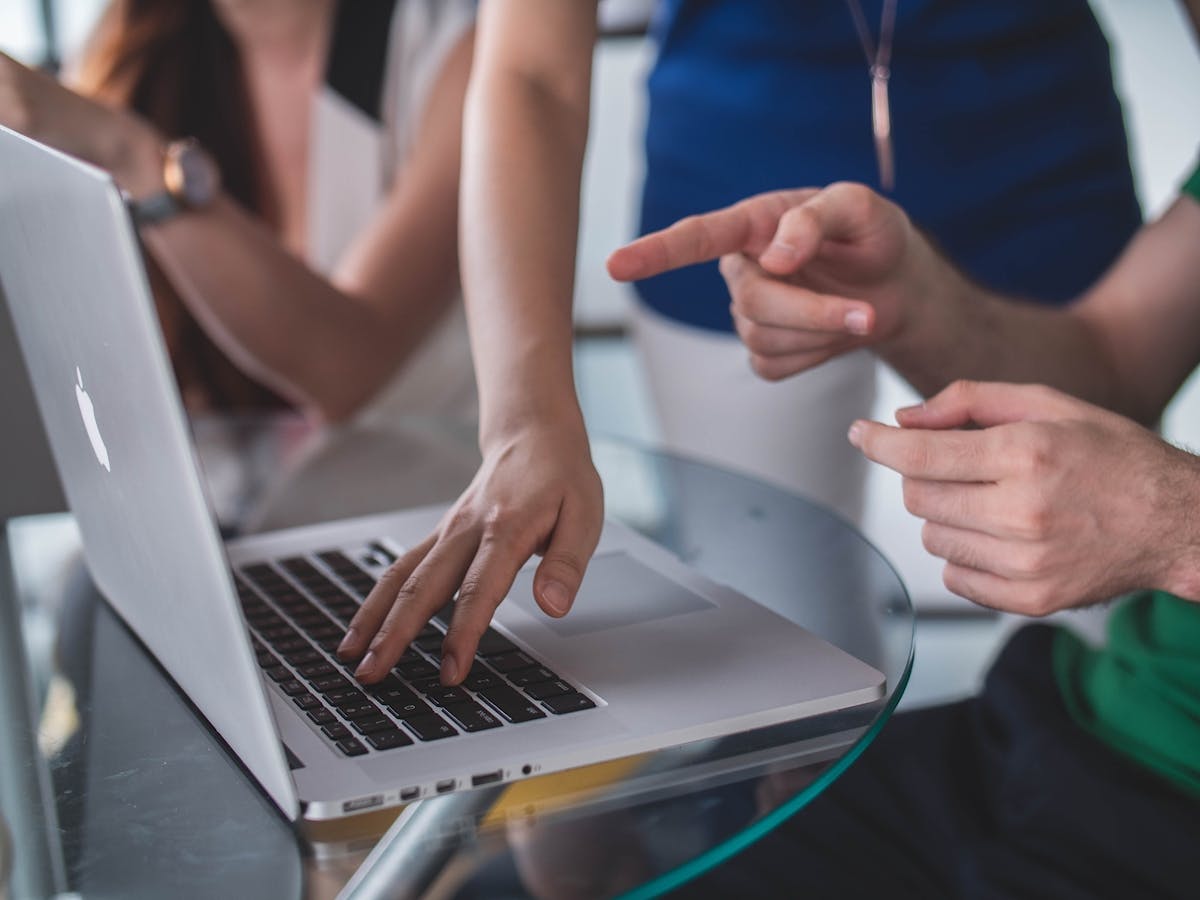
Our Way Forward
Musings and Museums on The "New Normal"
The current global health crisis has focused attention on basic and day-to-day survival needs especially for marginalized communities, many of whom are daily wage earners. Beyond physical needs, psychological and emotional wellness must also be managed.
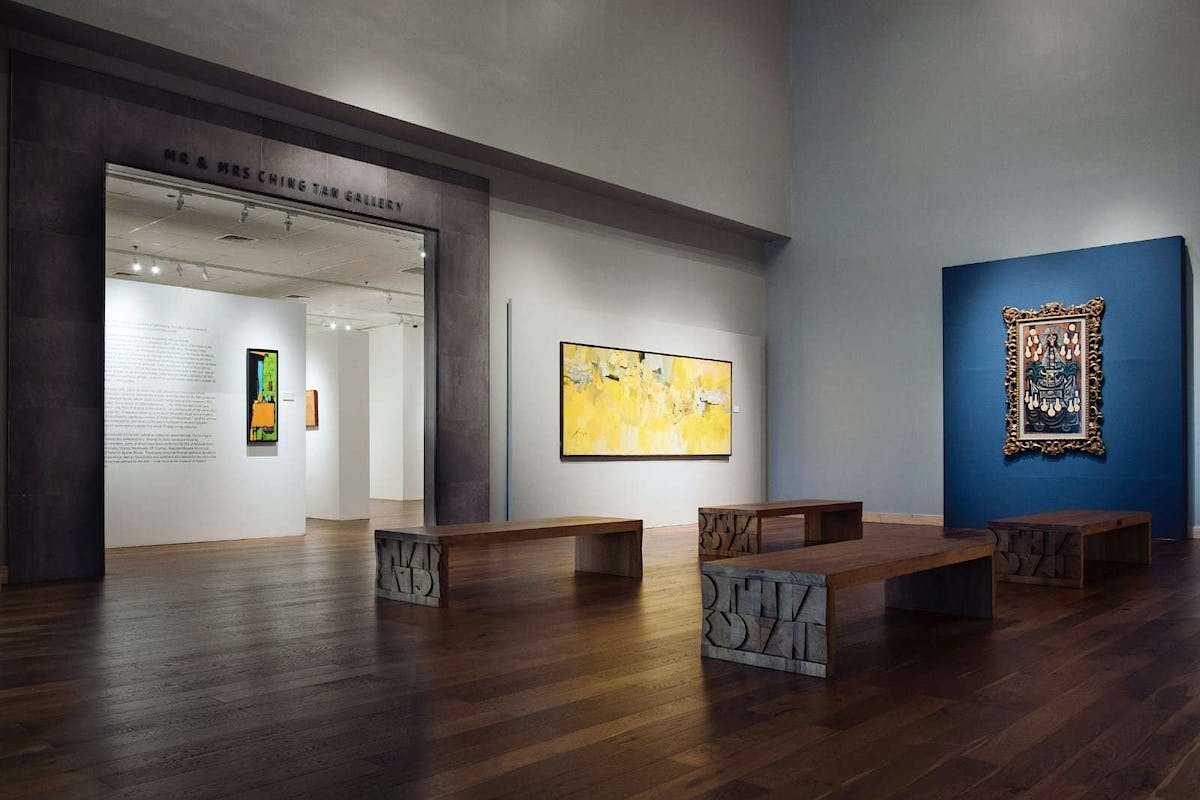
The current global health crisis has focused attention on basic and day-to-day survival needs especially for marginalized communities, many of whom are daily wage earners. Beyond physical needs, psychological and emotional wellness must also be managed. We have seen how artists have banded together for online concerts intended to bring the gift of music and also to raise funds and help in relief efforts for our frontline heroes and marginalized communities.
As part of the public sphere, museums play an important role in enhancing wellness. While our physical spaces remain closed, we take advantage of this lockdown period as an opportunity to take stock of our resources — funding, collection, and programs — and assess how to adapt to the new normal and explore new modes so we can continue to be relevant. With our recent success in bringing in school groups to create communal experiences, we now ask how can we continue to be a place to process collective anxieties and traumas? With the demands of social and physical distancing, how can we continue to create social bonds?
The first issue we considered is how relevant our programs are now, during a global health crisis and amidst problems brought about the mandatory quarantine. As an immediate response, the Ateneo Art Gallery has decided to cancel the 2020 Ateneo Art Awards and realign its resources to an acquisition and exhibition program. In our capacity as a university art museum, we will be able to extend some assistance to the artist community. The Marciano Galang Acquisition Program is our way of presenting and documenting how artists capture and express the anxieties, challenges, and heroic deeds to address the pandemic.
Digital platforms have allowed us to reach out to the public during this long quarantine period. We realize, though, that while the museum is closed, we need to aggressively develop and equip ourselves with more digital tools and modes. There is much room to maximize use of the museum’s collection and rich archives.
In celebration of Heritage Month and in line with the International Museums Day (18 May), the AAG will soon present select works in its collection dealing with freedom and human rights issues. Through our social media channels, AAG will be re-introducing select artists and their works in the permanent collection through an “Artist In Focus” series. We are also preparing to transpose past and future ArtSpeak programs through online channels. These strategies can eventually expand to an online curatorial project or even a full blown exhibition on site. Curating online exhibitions, however, presents new paradigms and strategies that we need to further develop.
In the end though, museums will continue to be a public service facility. Virtual space is different from real space. Exhibitions make use of creative space and distance that cannot be captured virtually and the very materiality of actual objects possess qualities that enhance the viewing experience. Thus, we need to gain back the confidence of visitors. The safety of our staff and visitors, including artists, are of primary importance. We need to adopt heightened hygiene practices in public access areas and offices. We are open to guiding artists to rethink and assess interactive aspects of their creative works. High contact programs, such as the reading library and art workshops, will adopt more precautionary measures for safety. Although we won’t expect large group visits within the next year, our doors will eventually be open to walk-in visitors. The museum will continue to be a place of bonding, discovery, contemplation, and a space for and with ourselves.

